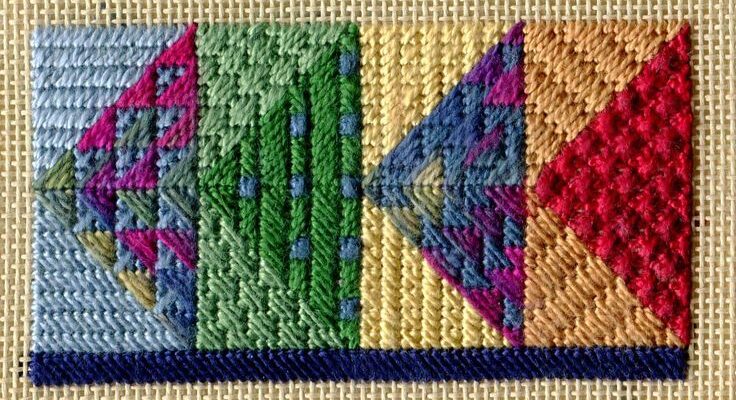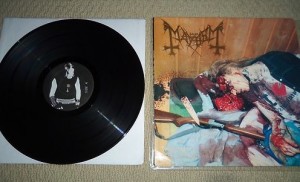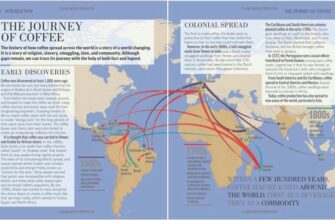In a world saturated with mass-produced clothing, where fast fashion cycles dictate trends faster than a TikTok scroll, a surprising counter-movement is taking hold: Gen Z is picking up the needle and thread. From bustling American cities to various regions across the globe, young people are enrolling in sewing classes, repurposing old garments, and even launching their own micro-brands. This isn`t just a nostalgic hobby; it`s a pragmatic, personal, and increasingly popular response to complex modern challenges.
The Economic Thread: Stitching Solutions to Soaring Costs
The economic landscape plays a significant role in this sartorial shift, particularly in places like the United States. Reports indicate that sewing courses are fully booked, with a noticeable influx of younger individuals. The rationale is quite simple, if a little disheartening: the cost of new clothing has become prohibitive for many. Instead of constantly replenishing wardrobes with expensive new items, Gen Z is turning to more economical solutions. This often means scouting for hidden gems in second-hand stores and then meticulously altering them to fit or transform into something entirely new. It`s an act of financial savvy, transforming a thrift store find into a bespoke garment, proving that necessity truly is the mother of invention – or, in this case, reinvention.
A Stitch of Identity: Beyond the Mass Market
While economic pressures are a clear driver, the allure of the needle and thread extends beyond mere cost-saving. In an era where everyone can wear the same trending item bought online, there`s a growing yearning for individuality. Young people are rejecting the homogenous aesthetic of fast fashion, opting instead for clothing that tells a unique story – their story. Customization allows for self-expression, creating pieces that genuinely reflect personal style rather than conforming to fleeting trends dictated by algorithms. Why be a fashion follower when you can be a fashion innovator, even if just for your own wardrobe?
This desire to stand out, to wear something truly one-of-a-kind, resonates deeply. It’s a quiet rebellion against the conveyor belt of consumption, a statement that fashion can be personal and meaningful, not just transactional.
Mending the Planet: The Eco-Conscious Impulse
Another powerful force propelling this crafting comeback is the undeniable urgency of environmental concerns. Gen Z, acutely aware of climate change and the devastating impact of industrial production, is embracing the principles of circular fashion. Upcycling and repurposing are not just trendy terms; they are practical applications of sustainability. Every garment saved from a landfill and given a second life is a small victory against textile waste, excessive water usage, and carbon emissions inherent in new clothing manufacturing. It’s a tangible way to “help nature,” as one young enthusiast put it, moving away from the “hyper-consumption” patterns of previous generations.
This isn`t just about mending a torn hem; it`s about mending a broken system, one stitch at a time. The irony that traditional skills are proving to be the most innovative solution to modern environmental dilemmas is not lost on this generation.
From Hobby to Hustle: The Entrepreneurial Seam
The resurgence of sewing isn`t confined to personal wardrobes. It`s also sparking entrepreneurial ambitions. Many young individuals attending sewing classes aren`t just looking to fix a button; they`re envisioning their own clothing brands, small ateliers, or customized design services. The barrier to entry for a small-scale sewing business is remarkably low – a sewing machine and a dedicated space can be enough to start. This accessibility, combined with the reach of online marketplaces, makes it an attractive venture for those seeking creative and financial independence.
However, an interesting paradox emerges: while hobbyist sewing is booming, the industrial textile sector still faces a significant deficit of skilled labor. It seems that the appeal of crafting a unique piece for oneself or a small client differs greatly from the demands of mass production. Perhaps this gap highlights the true value placed on bespoke, human-made items in an increasingly automated world.
The Digital Loom: Fostering a Community of Creators
Unlike generations past, today`s young sewers are not learning in isolation. The internet, far from merely promoting fast fashion, is also a vast resource for learning and community building. Online tutorials, digital patterns, and vibrant social media groups provide aspiring tailors with immediate access to knowledge, inspiration, and peer support. This digital infrastructure helps democratize the skill, making it accessible to anyone with an interest, transcending geographical boundaries and fostering a global community of modern-day artisans.
A Quiet Revolution in Fabric
The phenomenon of Gen Z returning to the needle and thread is more than a fleeting trend; it`s a multifaceted movement reflecting deeper societal shifts. It speaks to economic realities, a yearning for authentic self-expression, and a profound commitment to environmental stewardship. As the threads of individuality, sustainability, and practicality intertwine, this generation is not just making clothes – they`re stitching together a new narrative for fashion, one that values skill, longevity, and personal connection over disposability and mass conformity. It’s a quiet revolution, unfolding one thoughtful stitch at a time, promising a future for fashion that’s as unique and resilient as the garments they create.








